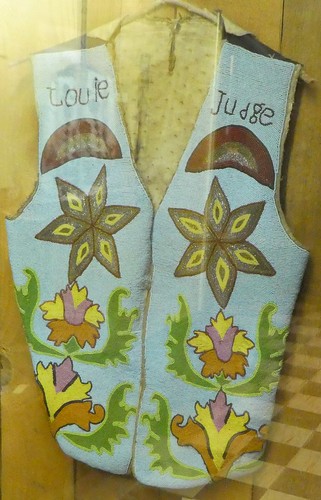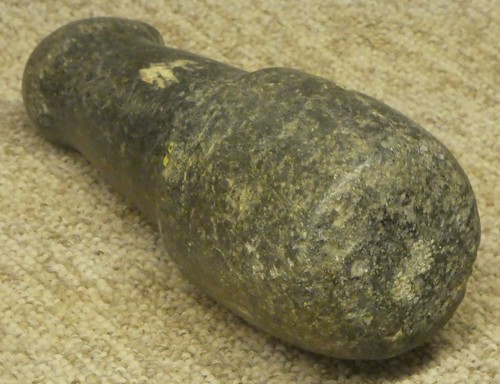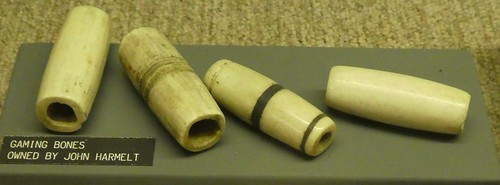In 1872, President Ulysses S. Grant issued an executive order establishing the Colville Reservation for the Salish-speaking Indian nations in north central Washington. These tribes had traditionally occupied the tributaries of the upper half of the Columbia River. The people spoke closely related Interior Salish languages, with the Lakes, Colvillles, Sanpoils, Nespelems, southern Okanogans, and Met-hows forming on dialect chain and the Chelans, Entiats, Peskwaws (Wenatchis), and Columbians forming a second dialect chain.
The name for the new reservation came from Fort Colville, a trading post established by the Hudson’s Bay Company (HBC) and named for Andrew Colville one of HBC’s London governors.
The Cashmere Museum in Cashmere, Washington has a series of exhibits about some of these tribes. Shown below is the exhibit on the Wenatchi Indians.

According to the display:
“They lived by fishing, hunting, and gathering roots. They were semi-nomadic. Their lodging was seasonally diverse to match subsistence patterns. They were known as one of the most peaceful and hospitable tribes of central Washington. Wenatchi leaders often saved lives of explorers and travelers from hostile neighbors and urged peace in treaty meetings.”






 Shown above is a stone mallet.
Shown above is a stone mallet.

 Shown above is a woman’s woven hat.
Shown above is a woman’s woven hat.

More American Indian museum exhibits
Indians 101: Native American Salmon Fishing on the Columbia River (museum exhibit)
Indians 101: A display of Colville Indian artifacts (museum tour)
Indians 101: Columbia River Basketry (Photo Diary)
Indians 101: Coastal canoes (museum exhibit)
Indians 101: Killer Whale Potlatch Feast Bowl (museum exhibit)
Indians 101: Pomo Indian Baskets (Photo Diary)
Indians 101: Southwestern Pottery in the Maryhill Museum (Photo Diary)
Indians 101: Three Plateau Women Artists (Photo Diary)


